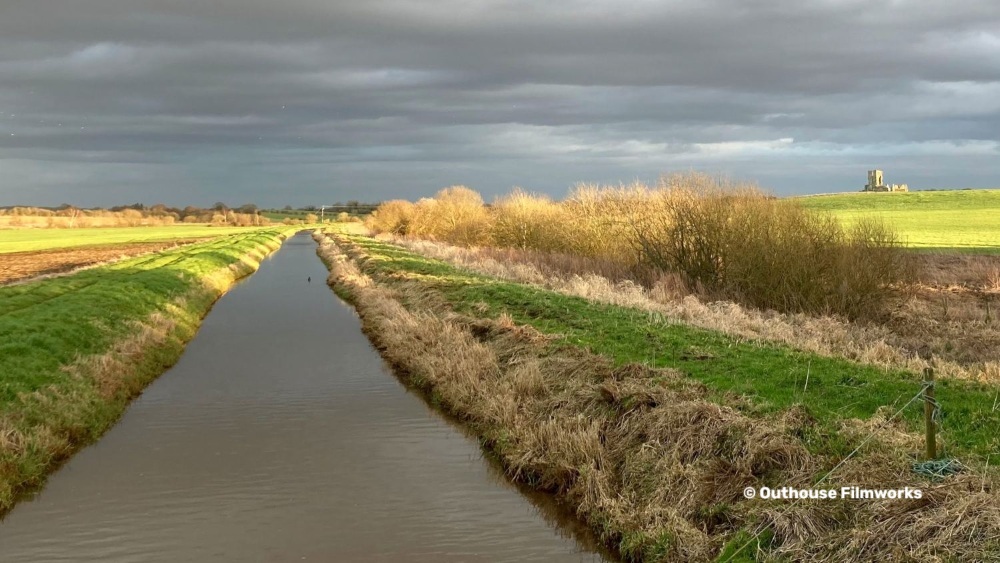At 13 km in length, the River Gaywood is a short chalk stream that rises crystal clear from springs around Grimston. The upper half of the catchment boasts a mosaic of habitats, including grazing, arable fields, woodland, heath and fen. This area is home to many designated nature conservation sites, including Sites of Special Scientific Interest and County Wildlife Sites.
As the valley widens out towards King’s Lynn, the lower sections of the Gaywood are unrecognisable compared to their past appearance. Traces of these changes can still be observed across the valley, and the historical importance of King’s Lynn has led to numerous paintings and mentions of the river in various archives.

Archaeological digs have revealed that the valley has been an important human settlement for thousands of years. In Roman times, the sea level was higher, and the valley was more open to the Great Ouse and The Wash. In the Domesday Book of 1086, the settlement on the hill was called ‘Boweseia’ (an Old English placename meaning ‘Gadfly island’).
The Anglo Saxons would have accessed Bawsey via a causeway. It stood on a piece of high ground, surrounded by a shallow estuary, which provided rich hunting opportunities for fish and birds in the surrounding salt marsh.
Bawsey was a thriving fishing village at a time when King's Lynn would have been in the sea. However, by 1517, St James Church is thought to have been disused as 60 acres of village land were converted to pasture. This change in land use was the catalyst for centuries of drainage, causing the river valley to shrink as the peat dried out.
As King’s Lynn expanded, the demand for fresh water led to the river being placed in an artificial channel from Pott Row to Kettle Mills. Consequently, the stream is now perched on one side of the floodplain and, during heavy rain, resembles little more than a sediment-filled drain.


Despite centuries of human interference, chalk stream species such as starwort and fool’s watercress thrive in the summer, with the plop of water voles regularly heard. In winter, the valley floor at Bawsey holds back hundreds of thousands of litres of water from King’s Lynn, creating an incredible habitat for wildlife and offering glimpses of the landscape as it once would have looked.
The River Gaywood would once have discharged to the Fisher Fleet after being brought to Kettle Mills. Now, it flows through the Walks Park and discharges into the Great Ouse at King’s Lynn through a tidal flap - an ignoble fate for the river that once quenched Lynn’s thirst, now all but forgotten.

